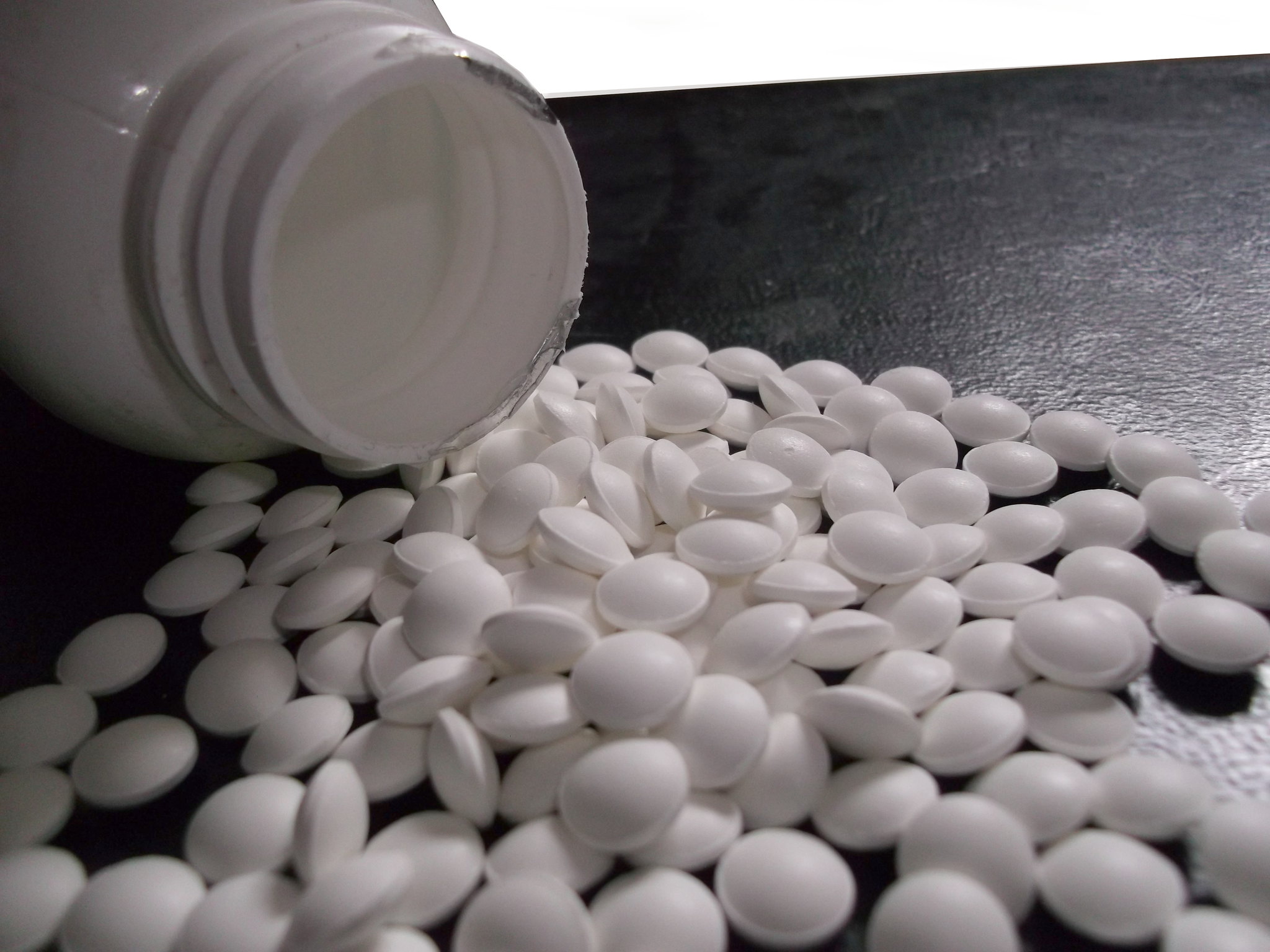GMO: In the USA, a decade of promises without commercialization

In the USA, in 2012, the authorities decided for the first time to exempt a GMO from regulatory requirements. It was a vine genetically modified by cisgenesis, one of the new techniques of genetic modification. Since then, nearly a hundred « new » GMOs have been the subject of a similar decision. Paradoxically, a decade after this first decision, only six of them have been commercialized.
The European Commission and multinationals would have us believe that plants genetically modified using new techniques are present everywhere except in the European Union. They accuse European legislation of being too restrictive. In this article, Inf’OGM takes stock of the actual marketing of these plants in the United States. This country’s legislation is particularly open to GMO plants, and should therefore be the site of this massive commercialization [1].
Few new GMOs actually reach the market
Since 2012, 95 green lights for plants modified by combinations of new techniques have been granted [2]. But very few of these new GM plants have been commercialized in the United States. In terms of plant species, while the number of 95 may seem large in absolute terms, it conceals a huge disparity. Almost half the dossiers concern just five plants, most of which have already been modified by transgenesis alone (see Table 1). The « transgenic » dossier already showed this same trend, with over 80 species experimentally tested in European fields in 30 years, for just four that have dominated the commercial market (soybean, rapeseed, maize and cotton).
Table1
| Plant | Number of requests | Plant | Number of requests |
| Soya | 15 | Tobacco | 4 |
| Potato | 10 | Camelina | 3 |
| Maize | 9 | Mustard | 3 |
| Canola | 8 | Wheat | 3 |
| Tomato | 7 | Avocado | 2 |
| Penicress | 7 | Switchgrass | 2 |
| Rice | 6 | Mushroom | 2 |
| Apple, Barley, Lemon, Flax, Grape, Kentucky Bluegrass, Lettuce, Alfalfa, Pea, Petunia, Setaria Veridis, St. Augistinegrass, Strawberry, Teff | 1 |
Inf’OGM questioned companies or laboratories that had obtained « authorization » (in fact, an exemption) to find out about their marketing results or prospects. Only eleven companies or universities (out of 23 questioned) replied as to the marketing of a product in the United States. These responses, together with knowledge of commercialization in previous years, make it possible to establish that only six plants modified by « new techniques » are or have been commercialized, eleven years after the first decision not to subject such plants to US legislation. Six plants… which are :
![]() a mustard with reduced « spiciness », by Pairwise (marketed in 2023) ;
a mustard with reduced « spiciness », by Pairwise (marketed in 2023) ;
![]() a soybean with a modified fatty acid composition, by Calyxt (its marketing began in 2019, but was gradually scaled back in the face of lower-than-anticipated yields) ;
a soybean with a modified fatty acid composition, by Calyxt (its marketing began in 2019, but was gradually scaled back in the face of lower-than-anticipated yields) ;
![]() a modified herbicide-tolerant canola, by Cibus ;
a modified herbicide-tolerant canola, by Cibus ;
![]() two potatoes with delayed browning and lower acrylamide levels when fried, by Simplot ;
two potatoes with delayed browning and lower acrylamide levels when fried, by Simplot ;
![]() a herbicide-tolerant Clearfield rapeseed by BASF (marketed in France, among other countries).
a herbicide-tolerant Clearfield rapeseed by BASF (marketed in France, among other countries).
On the other hand, a number of responses promised commercial development in the near future. Bioheuris announces a GM rice in 2026 and a soybean between 2027 and 2029. For its part, Yield 10 replies that it is « in a position to begin to provide it to growers under contract as early as 2024 » for a spring camelina (brassica family). On its website, Cibus announces genetically modified wheat, rice, soybean and corn for the years to come, some as early as 2023.
For its part, Corteva, which questioned the USDA about genetically modified corn, soybeans and canola, does not announce any dates, but states that it is currently « conducting pre-market activities ». Finally, Toolgen has no « plan to commercialize ToolGen’s seed in the USA at this moment », as the company still has to go through « further breeding practices to plant in the field as an elite variety ».
Note that Syngenta has only two dossiers for rice and corn, while Bayer and BASF do not appear on the USDA website for such crops. Yet these companies are one of the spearheads of their deregulation in Europe. Their presence can nevertheless be indirect, as is the case for Bayer, which invests in CoverCress or has developed a partnership with Pairwise.
Other companies among those who didn’t reply to us may already have commercialized one or more plants genetically modified using new techniques in the USA. But, if this were the case, the overall observation that the USA is not experiencing unbridled commercialization would nonetheless remain unchanged. Ultimately, the USA is proof that, despite permeable regulations, GMOs obtained using new techniques are very, very little commercialized.
Some problems on the road to market
Some of the responses received reveal the reasons why no commercialization has yet taken place, or ever will. The most emblematic of these concerns the famous mushroom genetically modified for delayed browning, which the European Commission once used extensively to promote its policy. In 2016, the USDA gave the green light for the commercialization of this mushroom without any regulatory oversight. Seven years later, there’s no trace of this mushroom on American shelves. And with good reason. Penn State University explained that the researcher behind the mushroom, Prof. Yinong Yang, did not « pursue further improvement and commercialization of that gene-edited mushroom due to negative perception of GMOs by consumers and mushroom companies ». But, according to Prof. Yinong Yang, there are other reasons for this non-commercialization, « such as CRISPR/Cas9 intellectual properties, industry and public concerns, and funding ». Toolgen, meanwhile, has just suffered a setback in court in Australia by failing to have a patent application on the use of Crispr upheld [3].
These blockages linked to intellectual property rights on Crispr/Cas9 are a concrete illustration of the positions defended in France by seed companies RAGT and Florimond Desprez, who have denounced the cost of royalties linked to patents on these new techniques.
Many requests for free commercialization
In the United States, the Department of Agriculture may be asked to determine whether or not a genetically modified plant should be subject to formal authorization, with a risk assessment to be carried out beforehand. In legal terms, this means determining whether or not a plant should be regulated [4]. There are two approaches to this. The first aims to establish whether a modified plant can become a « parasite » depending on the nature of the plant to be modified, the origin of any potential inserted DNA or the nature of the plant ultimately modified [5]. The second, formalized in 2020, simply establishes whether the modification method has already been exempted, or whether the modified plant could have been obtained by « conventional breeding methods » [6]. Each of these two procedures, which are rather light, involves sending a request and receiving a response posted online on the USDA website [7]. In all cases, a response confirming unregulated status opens the way to faster marketing for companies.
Table 2
| Companies or laboratories of University | ||
| Agriculture and Agri-Food Canada (AAFC) | Mustard 21 Canada Inc. | |
| Agrivida, Inc. | Nexgen Plants Pty Ltd | |
| Altria Client Services LLC | North Carolina State University | |
| Arista Cereal Technology | Okanagan | |
| Benson Hill, Inc. | Oregon State Univ | |
| Bioheuris | Pairwise | |
| Calyxt Inc. | Penn State University | |
| Cellectis Plant Sciences | Pioneer Hi-Bred Canada Company | |
| Cibus US LLC | RiceTec, Inc. | |
| Cold Spring Harbor Lab | Sanatech Seed Co., Ltd. | |
| Corteva Agriscience | Scotts Miracle-Gro Company | |
| CoverCress Inc. | Soilcea | |
| Donald Danforth Plant Science Center | Texas A&M University | |
| DuPont Pioneer | ToolGen, Inc. | |
| Evogene, Ltd. | Tropic Biosciences | |
| Green Venus LLC | University of Florida | |
| Hartwick College | University of Georgia | |
| Illinois State University | University of Kentucky | |
| Inari Agriculture, Inc. | University of Minnesota | |
| Intrexon Corporation | University of Missouri | |
| Iowa State University | Wageningen UR, Plant Research International | |
| J. R. Simplot Plant Sciences | Weizmann Institute of Science | |
| Max Planck Institute for Chemical Ecology | Yield10 Bioscience | |
| Michigan State University |
Since 2011, 28 plant species have been submitted to the US Department of Agriculture for genetic modification using combinations of different techniques. On the basis of these rather succinct dossiers, the Department has generally validated the unregulated nature of the plants obtained, thus focusing on the end product alone. Because, as we saw in a previous article, the genetic modification protocols followed to obtain these plants are highly complex, involving several poorly mastered techniques [8].
Between 2011 and 2023, a total of 47 companies or universities (see Table 2) have been given the green light by the US government over the past eleven years to market a total of 95 different plants modified by new techniques (see Table 1). Of this total, six plants modified by new genetic modification techniques are currently on the market. This is a far cry from the tidal wave of new products promised by the European Commission if Europe were to deregulate these GMOs…
[1] , « Des règles taillées sur mesure ? », Inf’OGM, 24 octobre 2023.
[2] Three application tracking tables are available on the USDA website :
![]() For applications filed under the old procedure ;
For applications filed under the old procedure ;
![]() For applications filed under the regulatory status review procedure ;
For applications filed under the regulatory status review procedure ;
[3] Spruson, « ToolGen unsuccessful in landmark CRISPR patent appeal », July 24, 2023.
[4] , « Des règles taillées sur mesure ? », Inf’OGM, 24 octobre 2023 (in french).
[5] APHIS-USDA, « Regulatory Status Review (RSR) », February 10, 2023.
[6] APHIS-USDA, « Confirmation Request Process-REDIRECT », June 9, 2023
[7] See note 1.
[8] ,
, « Les mots à la base de la stratégie des multinationales », Inf’OGM, 24 octobre 2023 (in french).












